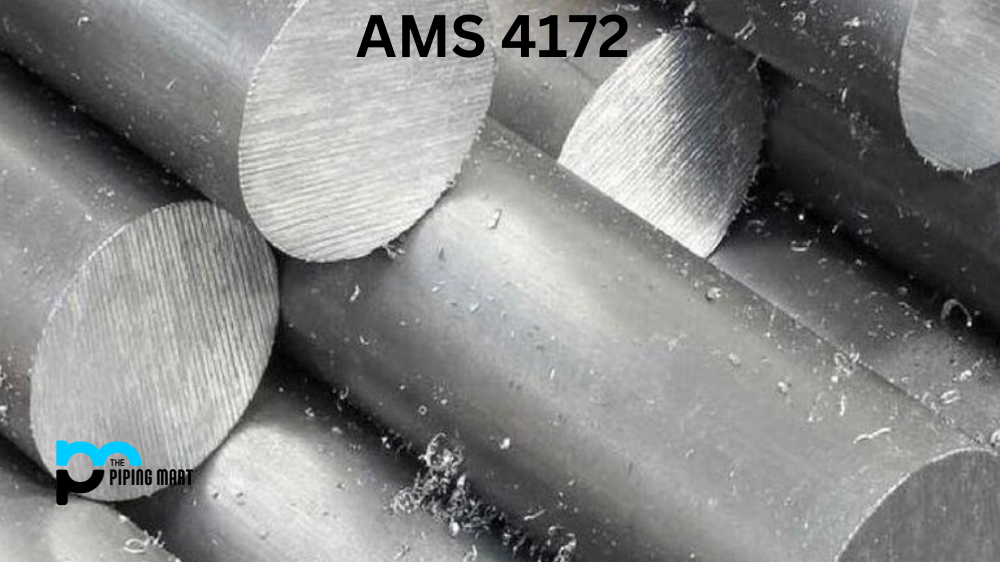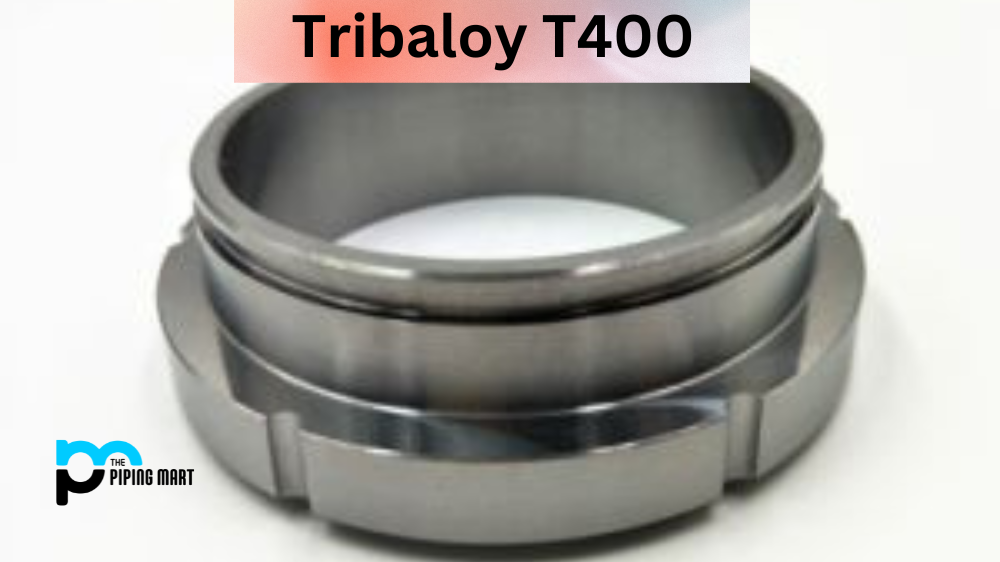SAE 316 stainless steel is a type of austenitic stainless steel alloy and is one of the most widely used types of stainless steel. It has high corrosion resistance and is highly versatile, making it ideal for many applications. In this blog post, we’ll discuss some of the properties and uses of SAE 316 stainless steel.
What Forms is SAE 316 stainless steel Available at Piping Mart?
- Bars
- Bolts
- Pipes
- Screw
- Tubing
- Valves
- Washers
- Flanges
- Fasteners
- Electrodes
- Stud Bolts
- Sheet Plates
- Pipe Fittings
SAE 316 Stainless Steel Composition
SAE 316 stainless steel, is among the most popular types of stainless steel used today. This type of steel contains 10 percent nickel and 18 percent chromium, allowing it to retain its tensile strength even at extremely high temperatures. The nickel also provides excellent stress cracking resistance and helps maintain dimensional stability during welding. For these reasons, SAE 316 stainless steel is often used in various underwater and chemical processing applications where resistance to highly corrosive or caustic environments is required.
| Grade | C | Mn | Si | P | S | Cr | Mo | Ni | N | |
| 316 | Min | – | – | – | 0 | – | 16.0 | 2.00 | 10.0 | – |
| Max | 0.08 | 2.0 | 0.75 | 0.045 | 0.03 | 18.0 | 3.00 | 14.0 | 0.10 | |
SAE 316 Stainless Steel Properties
SAE 316 stainless steel offers excellent corrosion resistance, even in chloride-rich environments. It also has good weldability, formability, and toughness when cold-worked or heated. The mechanical properties of SAE 316 stainless steel can vary depending on the heat treatment applied, but at room temperature, it typically has a tensile strength between 520MPa and 800MPa (75 ksi to 116 ksi). Its yield strength is between 275MPa to 550MPa (40 ksi to 80 ksi), and its elongation ranges from 30% to 40%.
- SAE 316 stainless steel is an austenitic chromium-nickel stainless steel with superior corrosion resistance to other chromium-nickel steels, such as 304 stainless steel.
- In addition, 316 stainless steel is also resistant to pitting and crevice corrosion in chloride environments.
- SAE 316 stainless steel has a higher nickel content and molybdenum for even greater corrosion resistance.
- SAE 316 stainless steel is widely used in the food and medical industries for its high level of sanitation and cleanliness.
- SAE 316 stainless steel is also commonly used in the marine environment due to its ability to resist saltwater corrosion.
SAE 316 Stainless Steel Physical Properties
316 stainless steel is an alloy that is formed by combining chromium, nickel, and iron. The unique composition of 316 stainless steel makes it extremely resilient and one of the top choice metals for various industries. Many industries rely on 316 stainless steel due to its remarkable physical properties, such as its ability to resist corrosion in a wide range of temperatures. Its strength and durability make 316 stainless steel a perfect choice for those needing the utmost long-term performance and reliability.
| Grade | Density(kg/m3) | Elastic Modulus (GPa) | Mean Co-eff of Thermal Expansion (µm/m/°C) | Thermal Conductivity (W/m.K) | Specific Heat 0-100 °C (J/kg.K) | Elec Resistivity (nΩ.m) | |||
| 0-100 °C | 0-315 °C | 0-538 °C | At 100 °C | At 500 °C | |||||
| 316 | 8000 | 193 | 15.9 | 16.2 | 17.5 | 16.3 | 21.5 | 500 | 740 |
SAE 316 Stainless Steel Mechanical Properties
SAE 316 Stainless Steel is a highly durable metal, It exhibits excellent resistance to a wide range of corrosive materials and chemicals, making it ideal for objects that must hold up under regular exposure to such elements. In addition, SAE 316 Stainless Steel has remarkable mechanical properties – flexibility and tensile strength make it an optimal choice as well. These properties allow SAE 316 stainless steel to be utilized in a number of industrial applications without worry of wear or brittle failure.
| Grade | Tensile Str (MPa) min | Yield Str 0.2% Proof (MPa) min | Elong (% in 50 mm) min | Hardness | |
| Rockwell B (HR B) max | Brinell (HB) max | ||||
| 316 | 515 | 205 | 40 | 95 | 217 |
316 Stainless Steel Equivalent
| EU EN |
USA – |
Germany DIN, WNr |
Japan JIS |
France AFTER |
England BS |
Italy UNI |
China GB |
Sweden SS |
Czechia CSN |
Austria NORM |
Russia GOST |
|||||||||||||
| X5CrNiMo17-12-2 (1.4401) |
|
|
|
|
|
|
|
|
|
|
|
SAE 316 stainless steel Specifications
AMS 5524, AMS 5573, AMS 5648, AMS 5690, AMS 5696, ASTM A167, ASTM A182, ASTM A193, ASTM A194, ASTM A213, ASTM A240, ASTM A249, ASTM A269, ASTM A270, ASTM A271, ASTM A276, ASTM A312, ASTM A313, ASTM A314, ASTM A320, ASTM A336, ASTM A351, ASTM A358, ASTM A368, ASTM A376, ASTM A403, ASTM A409, ASTM A430, ASTM A473, ASTM A478, ASTM A479, ASTM A492, ASTM A493, ASTM A511, ASTM A554, ASTM A580, ASTM A632, ASTM A666, ASTM A688, ASTM A743,
SAE 316 Stainless Steel Uses
Due to its excellent corrosion resistance, SAE 316 stainless steel has a variety of uses across many industries. It’s commonly used in food processing equipment due to its low risk of contamination by leaching into food products. Additionally, it’s used in medical equipment because it won’t corrode when exposed to bodily fluids or other substances. Other common applications include chemical processing tanks, marine applications such as boats and docks, and architectural structures exposed to seawater.
- SAE 316 stainless steel is often used in food processing equipment, as it is highly resistant to corrosion from acids and other chemicals.
- SAE 316 stainless steel is also often used in medical devices and implants, as it is biocompatible and resists corrosion from body fluids.
- SAE 316 stainless steel is also commonly used in marine applications, as it resists corrosion from salt water and other harsh environments.
- SAE 316 stainless steel can also be used in chemical processing equipment, as it is resistant to various chemicals and corrosive materials.
- Finally, SAE 316 stainless steel is sometimes used in architecture and construction, providing a high level of resistance to weathering and corrosion.
Conclusion:
SAE 316 stainless steel offers superior corrosion resistance compared to other types of stainless steel, like 304 or 303-grade alloys. Its solid mechanical properties make it suitable for various industrial applications where corrosion resistance is essential. SAE 316 can be found anywhere, from food processing to medical equipment and chemical tanks! If you’re looking for a reliable type of stainless steel that can stand up against harsh conditions without corroding or rusting quickly, then SAE 316 should be your go-to choice!

A passionate metal industry expert and blogger. With over 5 years of experience in the field, Palak brings a wealth of knowledge and insight to her writing. Whether discussing the latest trends in the metal industry or sharing tips, she is dedicated to helping others succeed in the metal industry.




